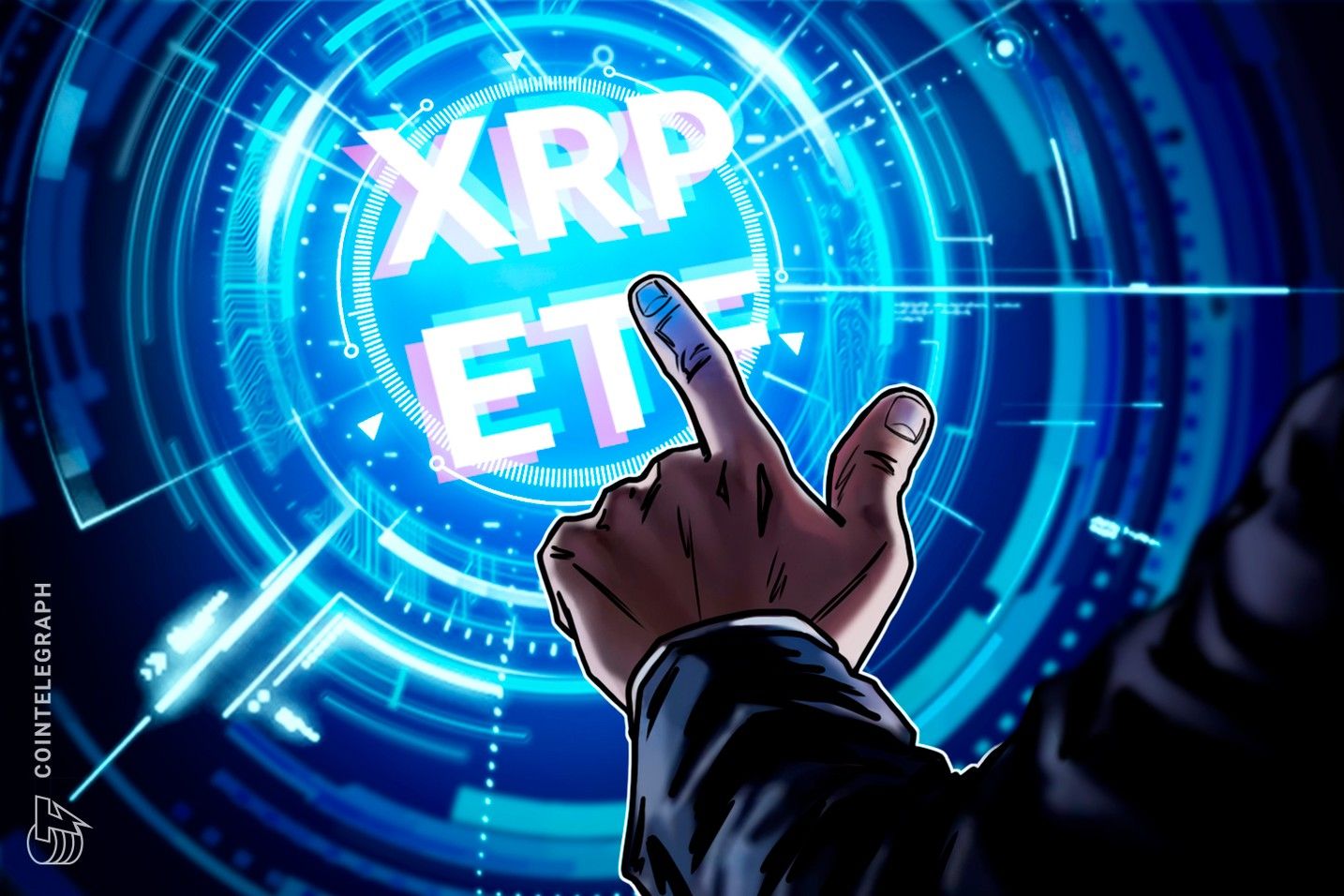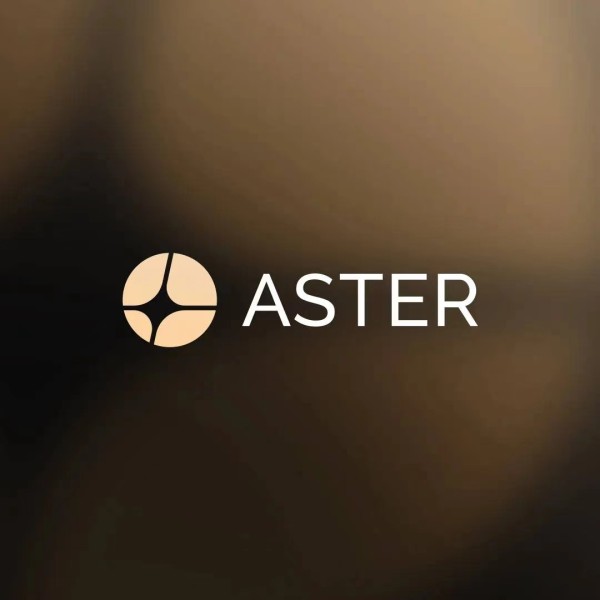Brevis releases ProverNet whitepaper, detailing the first decentralized zero-knowledge proof generation marketplace
Chainfeeds Guide:
ProverNet will officially launch soon, with more implementation details and a timeline to be announced separately.
Source:
Author:
Brevis
Opinion:
Brevis: The architecture of ProverNet treats different proof types as distinct items in an auction. Applications specify proof requirements, including processing type (zkVM execution, data proof, recursive aggregation), deadlines, maximum fees, and quality parameters. The TODA mechanism calculates the optimal allocation in each round, matching heterogeneous requests with suitable proving capabilities. This mechanism addresses the unique challenges of the proof generation market. Traditional auction mechanisms are based on the assumption of homogeneous goods, while TODA can handle multiple types of proofs simultaneously. Complex proof tasks are broken down into sub-tasks, executed collaboratively by different provers. For example, a zkVM proof may involve chunk generation on one prover, compression on another, aggregation on a third, and final verification encapsulation on a fourth dedicated system. TODA guarantees several economic properties: truthfulness (the optimal strategy is to bid honestly); budget balance (fees collected exceed payments made); individual rationality (no participant accepts unprofitable tasks); and asymptotic optimality (as prover supply grows, allocation approaches maximum efficiency). ProverNet is built on Brevis’s existing proof infrastructure, which comprises two complementary products to serve different computational needs. Pico zkVM adopts a "universal core + high-performance coprocessor" architecture, where a minimalist and efficient core is connected to a dedicated cryptographic accelerator, allowing programs to run a stable virtual machine while benefiting from targeted hardware optimization. Pico Prism recently achieved proof coverage for 99.6% of Ethereum blocks with a gas limit of 45 million, completing 96.8% of proofs within 12 seconds, with an average proof time of 6.9 seconds. This system uses a 64×RTX 5090 GPU cluster, achieving real-time proofs at 50% lower hardware costs compared to the previous market-leading zkVM. The ZK data coprocessor enables smart contracts to access historical blockchain data and perform off-chain computations that can be cryptographically verified. Supported applications include PancakeSwap’s VIP fee rates (checking 30-day trading volume before transactions), Euler’s trustless reward distribution (processing time-weighted balances for thousands of addresses), and Uniswap v4’s routing rebates (verifying trading eligibility without a centralized ledger), among others. These integrations demonstrate data-intensive proof requirements distinct from general-purpose computation verification. Together, these systems establish the economic viability of real-time cryptographic verification at the base layer scale, while serving the heterogeneous workload types that incentivize the ProverNet market architecture. ProverNet represents a shift from single-prover infrastructure to market-driven resource allocation. Existing prover networks are often optimized for narrow use cases (such as specific Rollup proofs, specific virtual machines, or homogeneous work types), limiting their ability to efficiently serve diverse needs. The market auction model allows proving teams to focus on specific optimization goals (STARK-based batching, low-latency SNARK proofs, specialized cryptographic operations) without building general-purpose infrastructure, while applications benefit from competitive pricing and guaranteed access to services without vendor lock-in. For developers, this eliminates the dilemma between building custom proof infrastructure (expensive and time-consuming) and relying on centralized services (introducing trust assumptions), as cryptographic verification guarantees computational correctness and market competition ensures pricing efficiency and capacity availability.
SourceDisclaimer: The content of this article solely reflects the author's opinion and does not represent the platform in any capacity. This article is not intended to serve as a reference for making investment decisions.
You may also like
Young Bitcoin holders panic sell 148K BTC as analysts call for sub-$90K BTC bottom

Rare Bitcoin futures signal could catch traders off-guard: Is a bottom forming?

XRP traders hope fresh wave of ETF launches will restore the bull trend

Aster announces a $10 million trading competition, combined with Stage 4 airdrop and Rocket Launch incentives, driving multi-layered growth in platform depth and liquidity.
After achieving strong performance in Stage 3, Stage 4 (Harvest) airdrop plan was launched, and the “Double Harvest” trading competition with a total reward of 10 million USD will be introduced on November 17.

